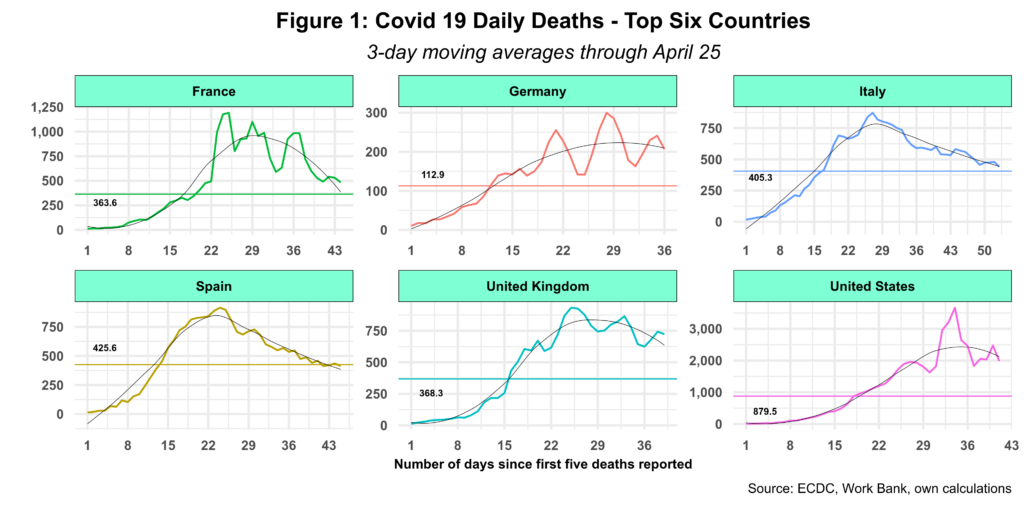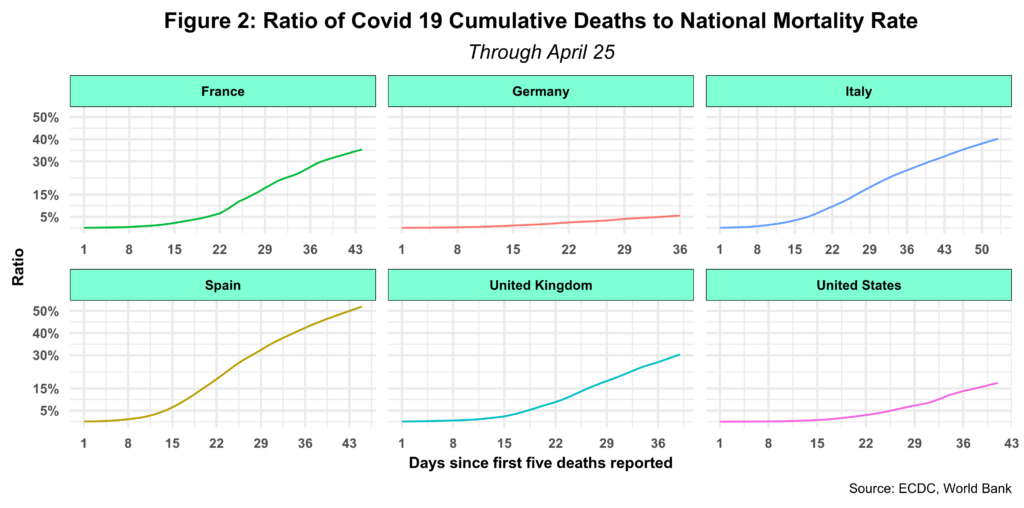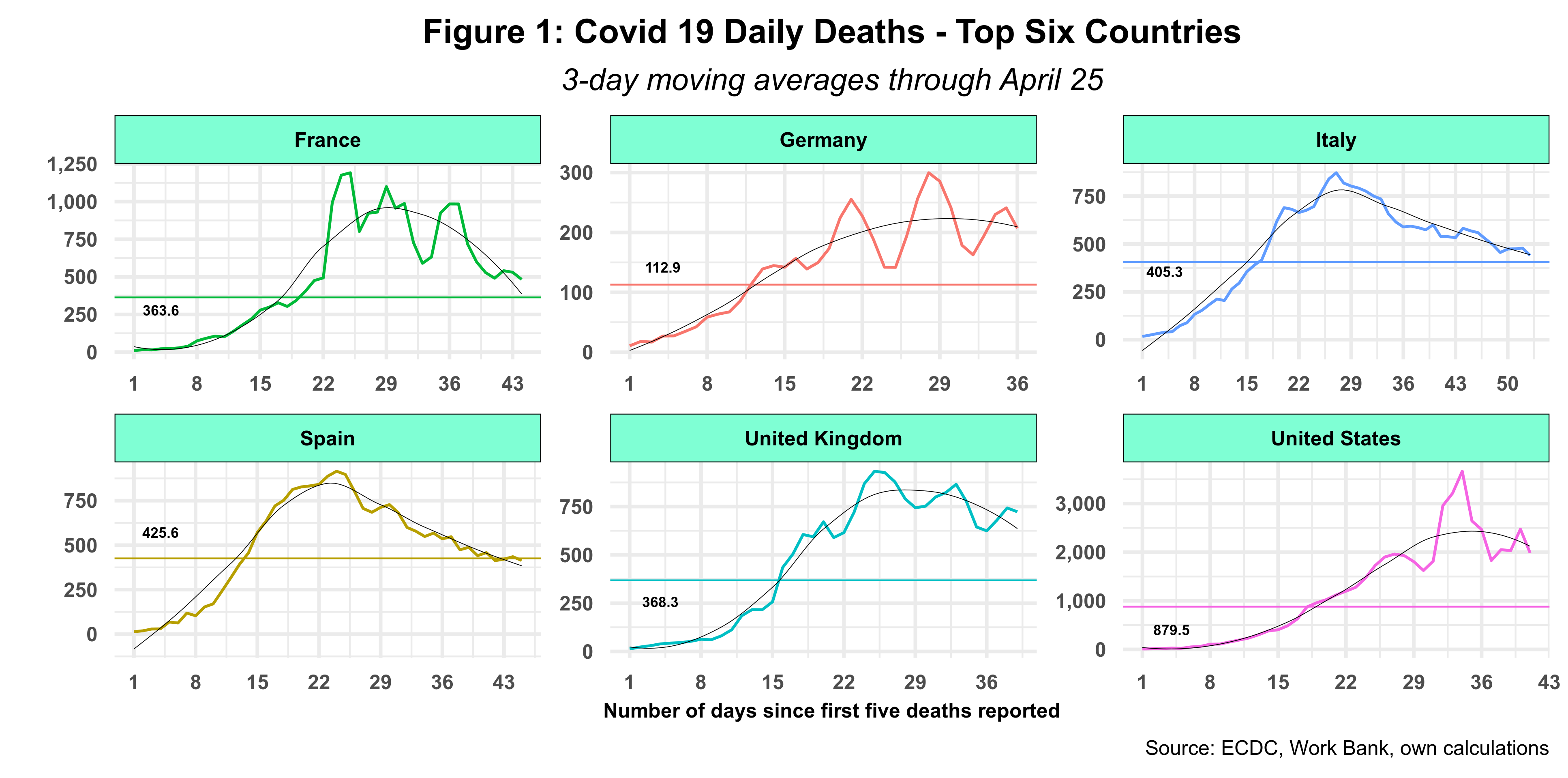Over a week ago, a mainstream media news outlet published an article (behind a paywall) suggesting that the disease caused by the SARS–CoV-2 virus, COVID19, was not as deadly as initially thought. The article cited the results of a non-peer review study completed by a Stanford-led team seemingly showing that the number of people infected in one California county was over 55 times higher than initially assumed. Using COVID19 immunity tests to check the actual population infected, the study went on to conclude that the county disease death or fatality rate was around 0.17 percent. By the way, such a rate is still 70 percent higher than the overall U.S. flu mortality rate for the 2018-2019 season of 0.10 percent.
The study was certainly not welcome by experts and statisticians due to glaring errors. In my view, the main bias source in this research is the way the sample population was selected – via Facebook ads. Here, people are not randomly selected but rather opt-in voluntarily to then be vetted by the research team. Indeed, that is not the optimal way to choose a genuinely random sample for a study of such potential relevance and impact.
On the other hand, and given the limitations in testing capacity, it seems evident that the real number of people infected is larger than that reported by officials statistics. The latter is only revealing the number of people tested that happen to have the virus. Matters get even more complicated if we add to the equation the fact that, according to the U.S. CDC, up to 25 percent of people infected are asymptomatic. Calculating the real population infected by the disease thus remains elusive, as does the associated mortality rate. Data on COVID19 deaths is, therefore, much more reliable, albeit some will argue these numbers are grossly underestimated.
Distinguishing between absolute and relative measures is a first step to try and sort out this conundrum. The death rate for any given disease or event is simply the division of total deaths by the total population affected. That I call the absolute measure which, in the case of COVID19, remains unknown as the denominator of the above ratio is nowhere to be found. A relative measure compares rates of death across various diseases or events within a given geography with a known total population. Here we measure rates of death per total population so one can identity say the top ten causes of death for a given location. And since the total population for a given location is relatively constant, one can then use the total number of deaths as an excellent proxy for relative death rates. For example, the WHO lists the top ten global causes of death (for 2016). Lead by heart disease and strokes, the top ten account for over 55 percent of all global deaths.
As noted before, death data for COVID19 is readily available, so we can use it to poke around and explore the lethal nature of the disease. Figure 1 depicts the number of deaths for the top six countries impacted by the COVID10 pandemic.
 The horizontal line represents the average number of daily deaths for the period under consideration. Take Spain that has an average of 425.6 deaths per day, the second-highest behind the U.S. The good news is that daily deaths are already falling for all these countries, thus suggesting that the pandemic is beyond its peak. Germany stands out with the fewest number of deaths per day and the lowest average.
The horizontal line represents the average number of daily deaths for the period under consideration. Take Spain that has an average of 425.6 deaths per day, the second-highest behind the U.S. The good news is that daily deaths are already falling for all these countries, thus suggesting that the pandemic is beyond its peak. Germany stands out with the fewest number of deaths per day and the lowest average.
The data is not normalized by total population, so do not rush to make any generalizations. Germany has one-fourth of the U.S population but sports an average daily rate death that is almost nine times lower. The U.S population, in turn, is nearly seven times larger than Spain’s, which has the lowest total population among all six countries, but reports an average daily rate just two times higher. Spain is doing much worse here and leads all other countries. In any event, the number of daily deaths is staggering except Germany,
Figure 2 below looks at the cumulative number of daily deaths normalized by national mortality rates using the latest available 2018 data from the World Bank. Mortality rates for these countries vary from nine to eleven for every one thousand people, Germany having the highest.
 As shown, the situation is far from uniform among these countries. Spain tops the charts by having the highest relative death rate. The country was also the fastest-growing relative COVID19 death rate. Italy is not far behind. France and the UK follow and show a similar growth pattern. Germany, however, seems to be on a league of its own as the COVID10 relative death rate is around 6%. Finally, the US shows a moderate growth path that has had a relatively slow start in terms of the number of weeks required to take off. While none of these countries will reach 100%, the death toll is still considerable, especially if we factor in the short period involved in the process.
As shown, the situation is far from uniform among these countries. Spain tops the charts by having the highest relative death rate. The country was also the fastest-growing relative COVID19 death rate. Italy is not far behind. France and the UK follow and show a similar growth pattern. Germany, however, seems to be on a league of its own as the COVID10 relative death rate is around 6%. Finally, the US shows a moderate growth path that has had a relatively slow start in terms of the number of weeks required to take off. While none of these countries will reach 100%, the death toll is still considerable, especially if we factor in the short period involved in the process.
Keep in mind that COVID19 deaths are underreported, so the situation is, in fact, worse than what we can see today. In any case, we should expect national death rates to increase in all these countries – sans Germany. We cannot, thus escape the conclusion that this virus is indeed deadly. One has to wonder what would have happened if countries have not adopted strict lockdown measures.
According to U.S. CDC estimates, 34,157 people died from influenza in the 2018-2019 season, a number which is almost 50 percent lower than COVID19 deaths. Flu seasons in the U.S start on the 40th week of each year or around the beginning of October. CDC data compilation for over ten flu seasons indicates that roughly 80 percent of such deaths occur between January and March. That means that, on average, 243 people die daily at the peak of the flu season. The U.S. average daily COVOD19 deaths are almost 4 times higher and growing.
Can we guesstimate the total number of people infected by COVID19? The same CDC 2018-19 report presents estimates for the total population affected by the flu. According to that source, 35.5 million people had flu symptoms, 1.4 percent were hospitalized, and 0.9 percent eventually died – over two-thirds of the latter being part of the over 65 group age. Current projections suggest that when all is said and done, the U.S could have around 100 thousand COVID19 deaths. That is three times more than flu-related deaths. Assuming that the rate of transmission is the same for both COVI19 and the flu, then over 100 million people would have been infected. Adding to this, 25 percent of asymptomatic cases, we get 125 million. The CDC just reported that the US COVID19 deaths might be 50 percent higher than what the current data indicates. So total deaths could thus be 150 thousand. Based on such estimates, we can conclude that the absolute COVID19 mortality rate is around 0.15 percent per 100 thousand or 50% higher than that for influenza.
All in all, we can safely conclude that COVID19 is deadly, much more than the flu in relative terms. But it is not as bad as leading deadly diseases such as heart disease and stroke that, fortunately, are not contagious.
Cheers, Raúl
Revised 28 April 2020

